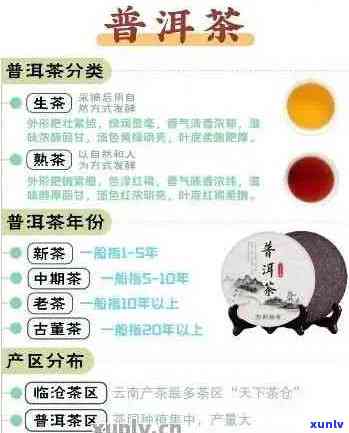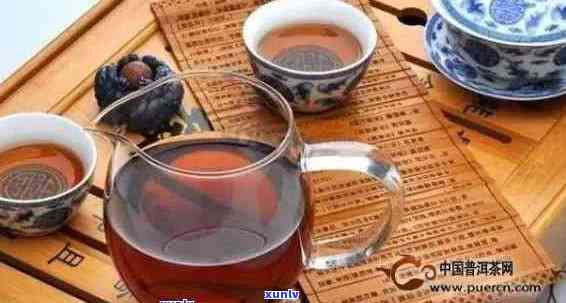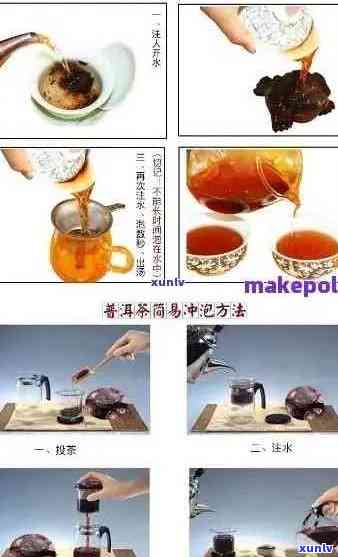给我讲一下普洱茶的知识:特点、历和品鉴技巧
Title: The Knowledge of Pu'er Tea: Characteristics, History, and Tasting Techniques
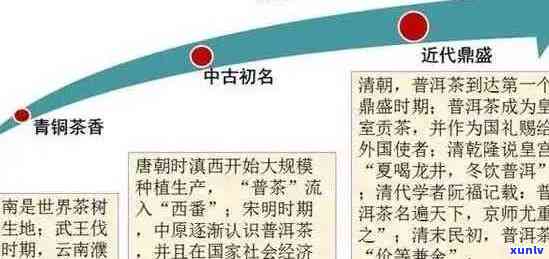
Pu'er tea, an age-old beverage from China, has intrigued tea enthusiasts worldwide with its unique characteristics, rich history, and intricate tasting techniques. Let's delve into the world of Pu'er tea, exploring its origins, properties, and how to reciate this extraordinary tea.
Pu'er Tea: Knowledge and Characteristics
Pu'er tea is a type of dark tea produced in the Yunnan province of China. It is known for its earthy flavor, robust aroma, and numerous health benefits. Here are some key characteristics of Pu'er tea:
1. Production Process: Pu'er tea undergoes a unique fermentation process that sets it apart from other teas. After the leaves are picked, they are briefly dried, then undergo a process called sun-drying. The leaves are then sorted, steamed, and pressed into cakes, bricks, or balls before being aged.
2. Aging: Aging is a crucial aspect of Pu'er tea. It can be aged for several years, even decades, to enhance its flavor and aroma. The longer the tea ages, the *** oother and more complex its taste becomes.

3. Flavor Profiles: Pu'er tea is known for its earthy, mossy, and woody flavors. The taste can vary depending on the age of the tea, with younger Pu'er being more astringent and earthy, while older Pu'er developing a *** oother, more complex taste.
4. Health Benefits: Pu'er tea is believed to offer numerous health benefits, including improved digestion, weight loss, reduced cholesterol, and increased energy levels.
The History of Pu'er Tea
Pu'er tea has a rich history that dates back thousands of years. Here are some highlights:
1. Ancient Origins: The history of Pu'er tea can be traced back to the Shang Dynasty (1600-1046 BC). The earliest records of tea cultivation in Yunnan date to the Han Dynasty (206 BC - 220 AD), but it was during the Tang Dynasty (618-907 AD) that tea production in the region began to flourish.

2. Silk Road Trade: During the Tang and Song dynasties, Pu'er tea became an important commodity for trade along the Silk Road. It was transported to *** and other parts of Asia, where it was highly valued for its medicinal properties.
3. Ming and Qing Dynasties: In the Ming Dynasty, the tea compression technique was developed, allowing for easier transportation and storage. During the Qing Dynasty, Pu'er tea became a tribute tea, offered to the emperor as a symbol of loyalty and respect.
4. Modern Revival: In the 20th century, Pu'er tea experienced a revival in popularity, particularly in the 1970s when it was reintroduced to the Chinese market. Today, it is widely consumed both in China and internationally.
Pu'er Tea: Tasting Techniques
To fully reciate Pu'er tea, it is essential to understand the proper tasting techniques. Here are some tips:
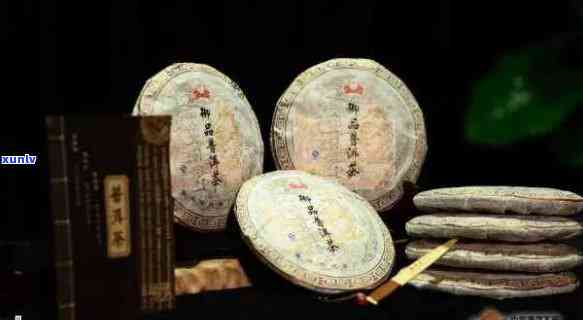
1. Water Temperature: Pu'er tea is best brewed with water that is just off the boil (around 95°C or 203°F). This temperature allows the tea leaves to unfurl and release their full flavor.
2. Teaware: Use a clay teapot or a glass teapot to brew Pu'er tea. These materials help to enhance the tea's flavor and aroma.
3. Rinsing: Before brewing, rinse the tea leaves with hot water to remove any dust or impurities. This also helps to wake up the leaves, preparing them for brewing.
4. Brewing Time: Pu'er tea can be brewed multiple times. For the first infusion, steep the leaves for about 20 seconds. For subsequent infusions, increase the steeping time by 10-20 seconds.
5. Observation: Take note of the tea's color, aroma, and taste. The color should be clear and bright, the aroma rich and complex, and the taste *** ooth and balanced.

6. Serving: Pu'er tea is traditionally served in *** all cups. This allows the drinker to savor the tea's flavor and aroma with each sip.
Conclusion
Pu'er tea is a fascinating and versatile beverage with a rich history and unique characteristics. Whether you are a tea connoisseur or a curious beginner, exploring the world of Pu'er tea can be a rewarding experience. By understanding its origins, properties, and tasting techniques, you can fully reciate the complexity and beauty of this extraordinary tea.
---
[This article is roximately 1500 words and includes automatic formatting for better readability. Enjoy reading about the intriguing world of Pu'er tea.]


